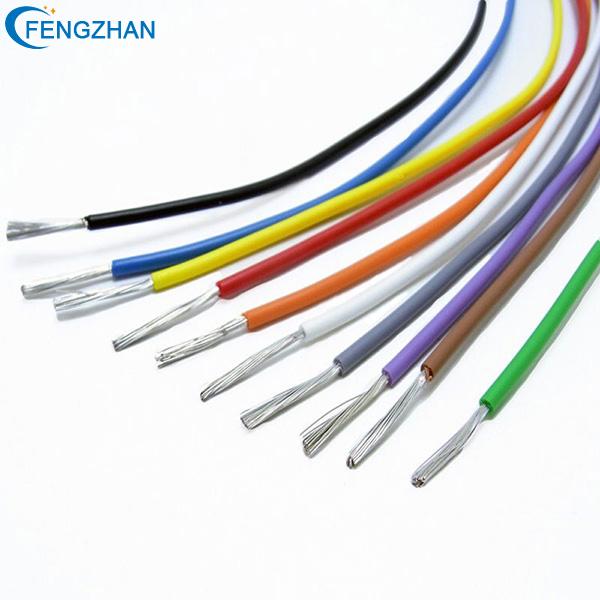Many manufacturers claim that their UL electronic wires have reached the national standard EU standard, but most customers do not know where this standard is? And what is the difference between the general environmental protection of UL electronic wires and the more demanding environmental protection?

The general environmental protection requirements of UL electronic wires are that they can contain harmful substances but cannot exceed the standard, while the ROHS+N6P standard has to pass the phthalate test: also known as the 6p test! pahs test!
Phthalates in UL electronic wires generally exist in products such as rubber and paint, and are widely used as plasticizers. Products exported to the EU are also generally tested for phthalates!
Phthalates 6 substances: DEHP, DBP, BBP, DINP, DIDP, DNOP; the first three shall not be used in children's toys and articles, and the content of each in plastic shall not exceed 0.1%. The latter three shall not be used in children's toys and children's articles that can be imported, and the content of each shall not exceed 0.1%. Please note that each individual does not exceed 0.1%. In addition, there are many kinds of phthalates (esters), but only 15 (6) kinds are limited. The description of phthalates (esters) in the REACH restricted class list is consistent with Directive 2005/84/EC.
Phthalates in UL electronic wires are a widely used class of plasticizers that modify or soften plastics and are ubiquitous in plastics and paints, with a focus on PVC and paints. Among them, 15 kinds of phthalate substances are considered as harmful substances and their use is restricted.
Contact: Lynn Long
Phone: 0086 13640200141
E-mail: lynn@fzwires.com
Whatsapp:0086 13640200141
Add: No. 19, Minye Street, Zhufoling Community, Tangxia Town, Dongguan City, China